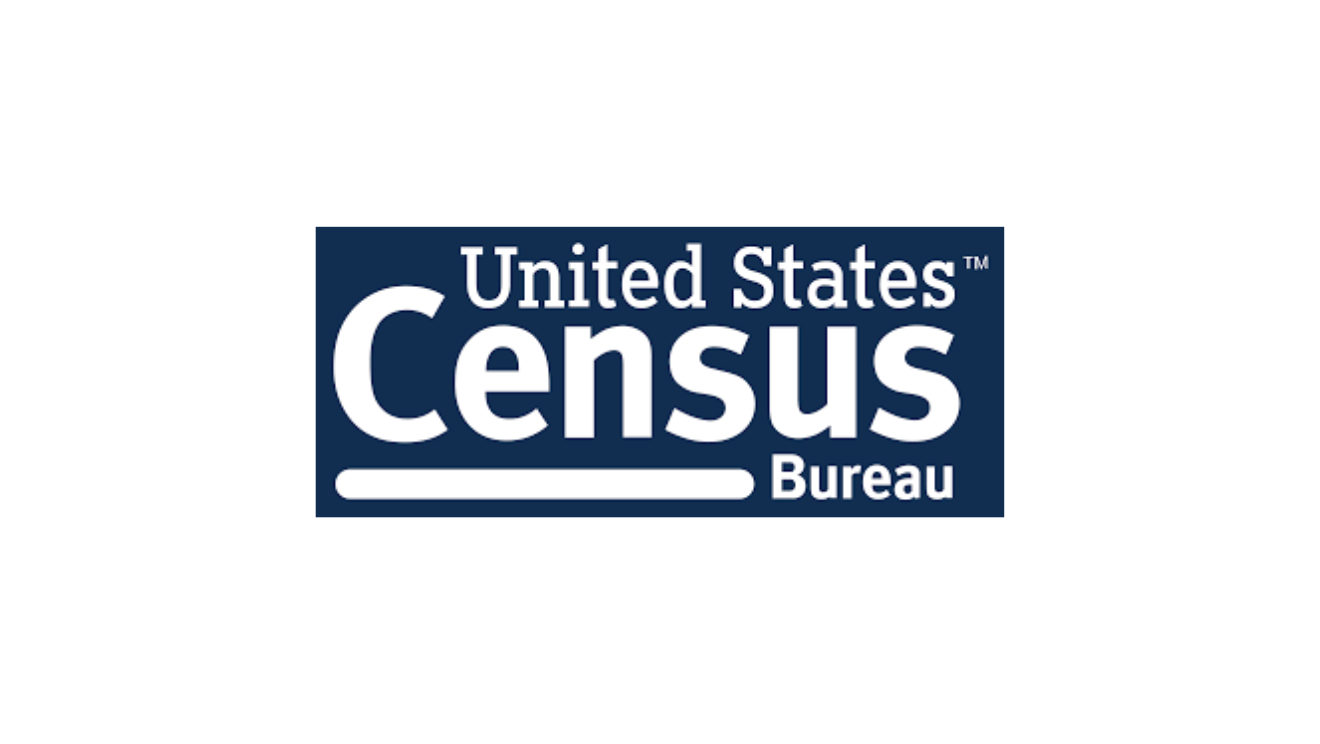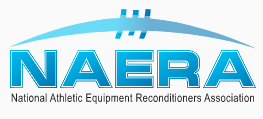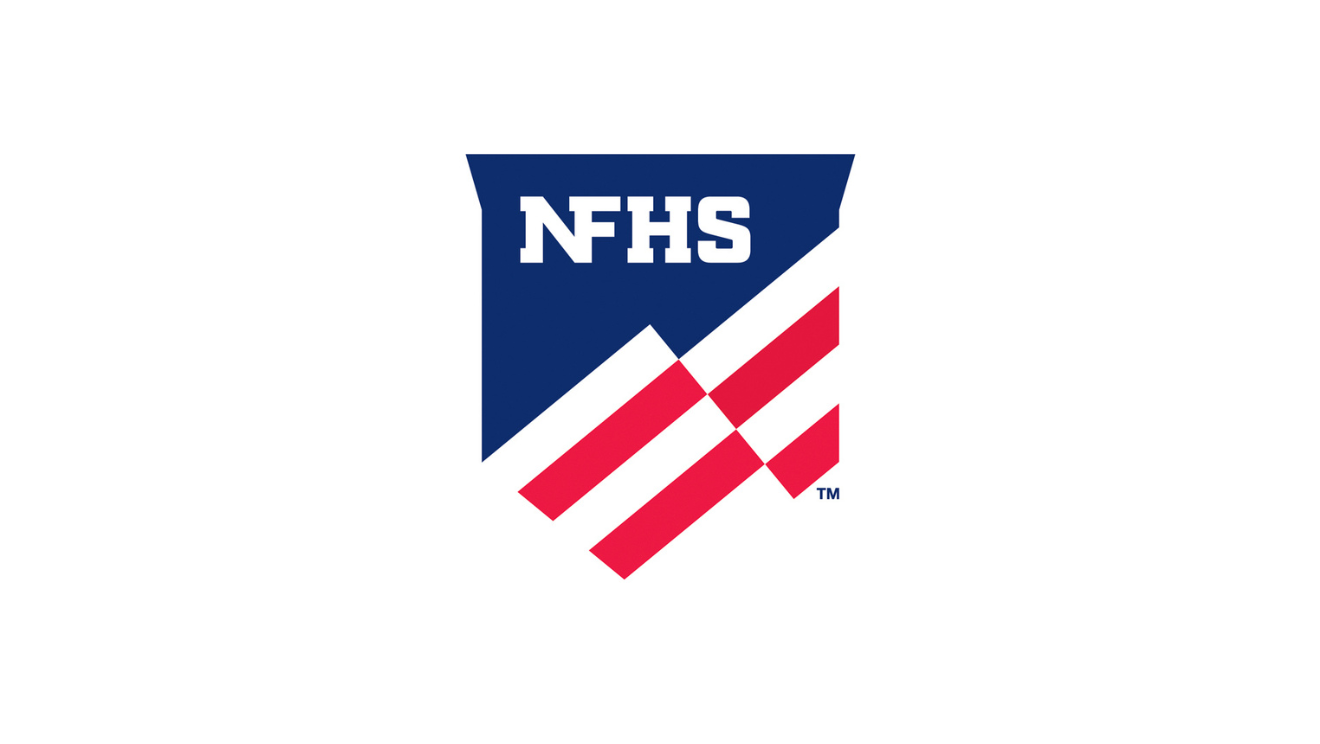By Marty Maciaszek
NSGA Team Dealer Division Director
The annual team sports rules conference hosted by the Sports & Fitness Industry Association (SFIA) is an opportunity to learn more about impending or potential rule changes and issues related to uniforms and equipment by the National Federation of State High Associations (NFHS) and NCAA.
The National Sporting Goods Association (NSGA) attended the April 19 meeting in Indianapolis, Indiana. Here are some of the highlights and some other rules news:
Football
NFHS
- The number 0 is legal for uniforms for the 2022 season but the number 00 is not allowed. This is identical to the NCAA rule.
- It is permissible to extend the Team Box on the field from the 25-yard lines to the 10-yard lines for the 2022 season.
- For football gloves, the certification seals of NOCSAE or SFIA must be visible and appear legibly on the exterior wrist opening of the glove.
- In a reminder, as of the 2024 season, all varsity jersey numbers must be a solid and contrasting color to the jersey. No sublimation is allowed within the numbers.
- NFHS football liaison Bob Colgate said the football committee continues to look at issues with Vegas Gold color jerseys. He said sometimes light Vegas Gold is used as a home jersey. “It is still allowed but I wouldn’t be surprised if down the road it isn’t,” Colgate said.
- The football rules committee doesn’t want any change to football visors remaining 100 percent clear, according to Colgate. The reasons include safety measures and the ability to check on potential player injuries without removing the helmet.
NCAA
- The NCAA is proposing a rule that would be more consistent with the NFL where the legs must be fully covered from the waist down. NCAA rules liaison Ty Halpin said the goal is to make sure the knee is covered with tights or socks. “We’ve struggled with enforcement and compliance means everything is covered,” Halpin said. If the change goes into effect it would take place in FBS and FCS in 2023 and Divisions II and III in 2024.
- The visibility of numbers and ability to tell teams apart by contrasting colors continues to be a concern.
- Halpin said there is no movement toward allowing tinted eye shields.
- The number of available officials at the Division II and III levels continues to be a concern, according to Halpin.
Softball
NFHS
- The collaboration between NFHS, NCAA and USA Softball on specifications for the softball goes into effect January 1, 2025 for high school softball. This will make it easier to monitor and manufacture.
- Evaluation of the use of bat sensors continues but the NFHS membership has not favored their use in games, according to NFHS softball liaison Sandy Searcy.
- There have been some questions about the number of colors allowed for gloves and mitts. Searcy said they are looking at updating some related language in the rule book.
- Searcy also said supply chain issues are causing some schools to use non-compliant balls in order to play.
- Searcy said NFHS will not mandate defensive face masks for pitchers or other positions (such as corner infielders) without a NOCSAE standard. ASTM has also been working on a standard for softball face masks. A few states, including Kentucky and Missouri, require players at certain positions to wear face masks.
NCAA
- It is a non-rule change year in NCAA softball but the new softball specifications go into effect for the 2024 NCAA season. Using softballs with the new specifications is permissible now.
- There is some interest in looking at larger bases and a “double first base”, according to Dee Abrahamson, the NCAA equipment consultant to the softball rules committee.
- Regarding defensive face masks, Abrahamson said “the committee is always interested in providing some type of standard that makes it permissible.” She said she sees a fair number of pitchers and infielders wearing them but said the idea of a face mask attached to a full helmet “wouldn’t fly in the college softball world.”
Baseball
NCAA
- This is a rule-change year for NCAA baseball and there are a few equipment-related proposals. NCAA baseball liaison Ben Brownlee said most of them are for swing sensors, which are currently prohibited for use on the bat.
- A look at possibly using larger bases is expected.
- There is a movement from a few umpires to require numbers on the front of the jersey. Brownlee said “it’s not a hot-button issue,” but the umpires believe it would help determine who is involved in on-field altercations.
- Brownlee said bat-testing resulted in 8 bats being pulled from use at the 2021 College World Series (CWS). There were 34 bats pulled at the 2017 CWS. Brownlee said not all these instances were compression-related and reasons included flat spots or dents in the bat.
- The baseball research panel has been expanded to help with the continued growth of bat testing. The goal is to make sure safe, legal equipment is being used and bat tampering is not occurring.
NFHS
- NFHS baseball liaison Elliot Hopkins said there are only a couple of equipment-related rule proposals to be discussed at its June meeting and they are related to jewelry.
Ice Hockey
- Rules liaisons Dan Schuster of NFHS and Ty Halpin of the NCAA said there are no rules proposals or pushes from coaches requiring players to wear neckwear. They expect to get more information on the subject after a USA Hockey meeting in June. A Connecticut high school player died in January after he felland his neck was cut by another player’s skate blade.
NOCSAE
- NOCSAE executive director Mike Oliver addressed the question about softball face masks for defensive players. Oliver said they want to protect defensive players at the same level as catchers and that’s why the current NOCSAE standard for face protection looks like a traditional catcher’s mask or anchors to something else to absorb the ball’s impact. “It’s difficult to write a standard that knowingly offers less protection than other positions and players on the field,” Oliver said.
- Head and face protection for touch and flag football is being looked at by NOCSAE. Oliver said a substantial percentage of injuries are facial and most are from contact with other players. They include concussive injuries and skull fractures. “We’ll take the data and see if we can’t develop a standard to address the injuries we see in those sports,” Oliver said.
Soccer
NCAA
- A uniform required to be worn by all referees will be established by 2023. The only current requirement for the referees’ uniform is it is the same color and style for all officials. This has resulted in conferences establishing their own guidelines for what uniform shirt will be worn and the necessity for officials to purchase, in some cases, up to five different uniform shirts. This rule would provide for a consistent look in uniform across NCAA soccer.
Water Polo
NFHS
- Hair-control devices and other adornments, such as beads, are now legal in high school water polo if they are securely fastened and don’t present an increased risk to the player, teammates and opponents. Uniforms providing full-body coverage to be worn for religious reasons are permitted.
Girls Gymnastics
NFHS
- Gymnasts now have the option to wear black undergarments, unitards, ankle-length leggings, tights or fitted shorts that may be worn with the leotard provided the apparel meets color requirements. Head coverings worn for religious reasons were added as part of the acceptable uniform. “The Girls Gymnastics Rules Committee adopted the new uniform changes to reflect current uniform trends in the sport as well as accommodate cultural and religious norms,” said NFHS gymnastics liaison Julie Cochran.





 Back
to News
Back
to News
